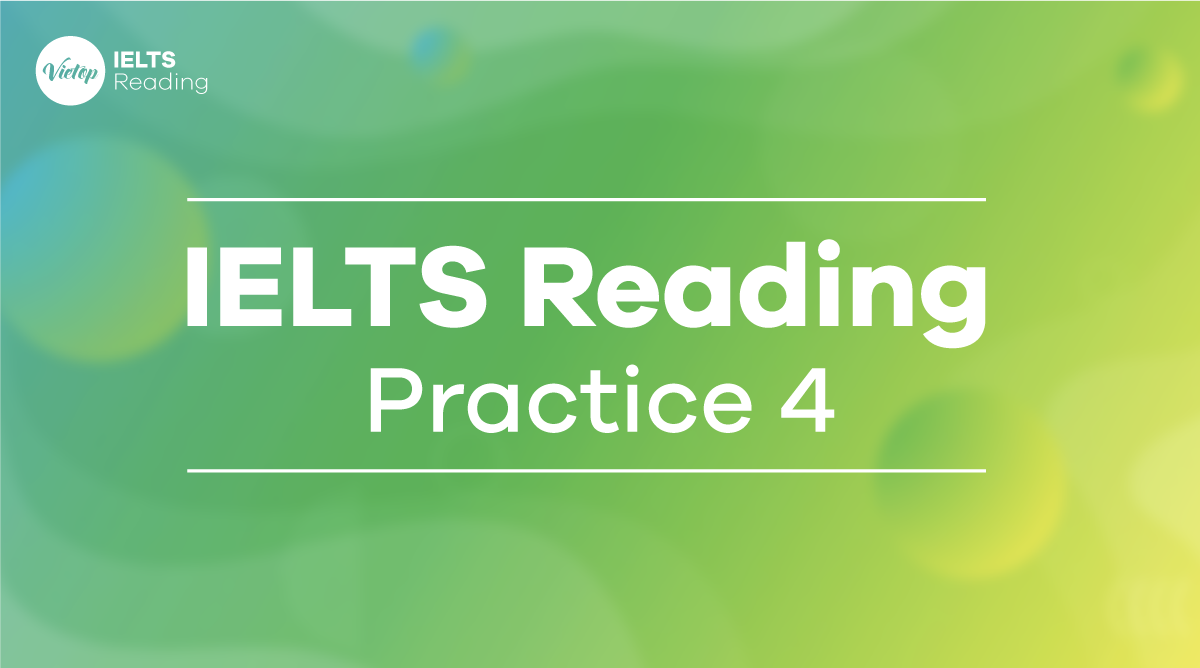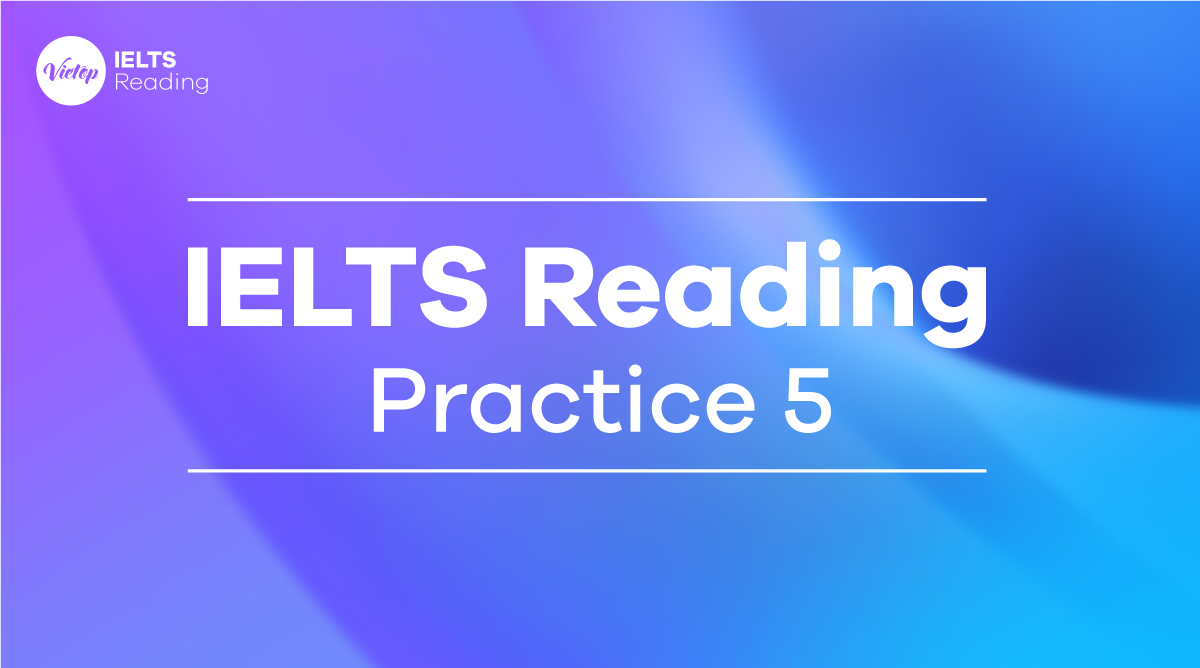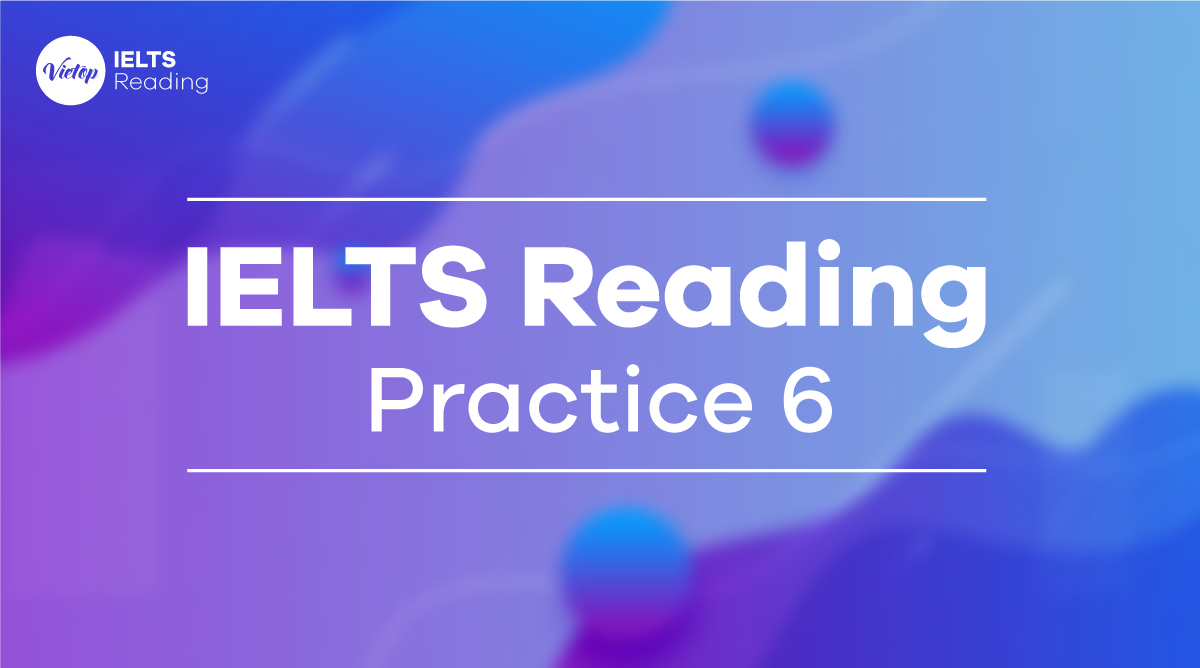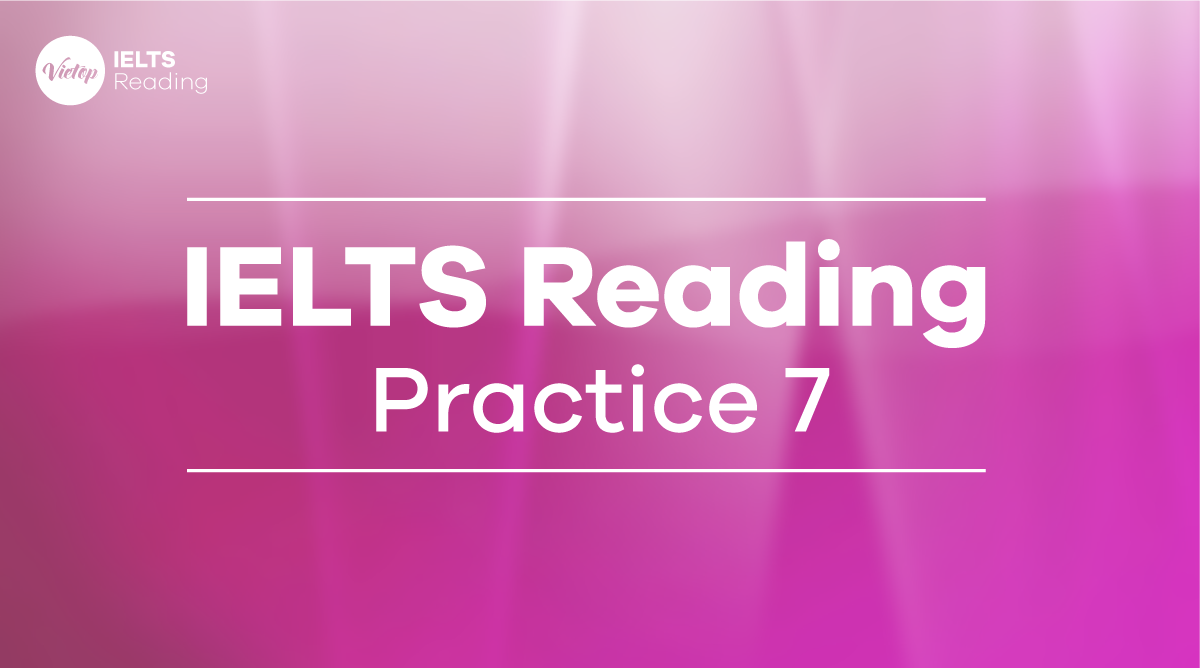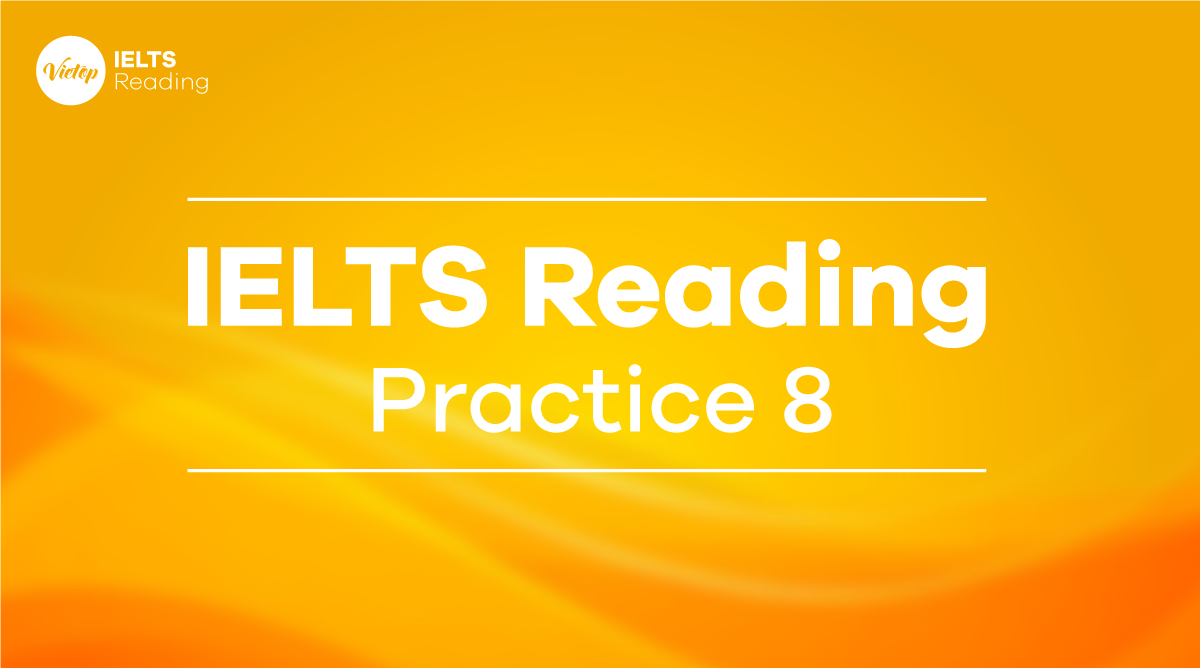Đề thi IELTS Reading Practice 9 thuộc chủ đề dược phẩm với tựa đề Doctoring sales. Nhìn chung đây là chủ đề khá khó, bạn cần đọc thật kỹ mới năm được nội dung. Để giúp các bạn dễ dàng học bài, thanhtay.edu.vn đã tổng hợp đầy đủ đề thi kèm đáp án bên dưới bài viết.
1. Đề thi IELTS Reading Practice 9
You should spend about 20 minutes on Questions 1-13 which are based on Reading Passage 150 on the following pages.
Doctoring sales
Pharmaceuticals is one of the most profitable industries in North America. But do the drugs industry’s sales and marketing strategies go too far?
A. A few months ago Kim Schaefer the sales representative of an m8:ior global pharmaceutical company, walked into a medical center in New York to bring information and free samples of her company’s latest products. That day she was lucky- a doctor WAS available to see her. ‘The last rep offered me a trip to Florida. vVhat do you have?’ the physician asked. He was only half-joking.

B. What was on offer that day was a pair of tickets for a New York musical. But on any given day what Schaefer can offer is typical for today’s drugs rep -a car trunk full of promotional gifts and gadgets, a budget that could buy lunches and dinners for a smell county hundreds of free drug samples, and the freedom to give a physician $200 to prescribe her new product to the next six patients who fit the drug’s profile. And she also has a few $ 1,000 honoraria to offer in exchange for doctors’ attendance at her company’s next educational lecture.
C. Selling Pharmaceuticals is a daily exercise in ethical judgment. Salespeople like Schaefer walk the line between the common practice of buying a prospect’s time with a free meal and bribing doctors to prescribe their drugs. They work in an industry highly criticized for its sales and marketing practices, but find themselves in the middle of the age-old chicken-or-egg question – businesses wont use strategies that don’t work, so are doctors to blame for the escalating extravagance of pharmaceutical marketing? Or is it the industry’s responsibility to decide the boundaries?
D. The explosion in the sheer number of salespeople in the Reid- and the amount of funding used to promote their causes- forces close examination of the pressures, influences and relationships between drug reps and doctors. Salespeople provide much-needed information and education to physicians. In many cases, the glossy brochures, article reprints, and prescriptions they deliver are primary sources of drug education for healthcare givers. vVith the huge investment the industry has placed in face-to-face selling, salespeople have essentially become specialists in one drug or group of drugs – a tremendous advantage in getting the attention of busy doctors in need of quick information.
E. But the sales push rarely stops in the office. The flashy brochures and pamphlets left by the sales reps are often followed up with meals at expensive restaurants, meetings in warm and sunny places, and inundation of promotional gadgets. Rarely do patients watch a doctor write with a pen that isn’t emblazoned with a drug’s name, or see a nurse use a tablet not bearing a pharmaceutical company’ logo? Millions of dollars are spent by pharmaceutical companies on promotional products like coffee mugs, shirts, umbrellas, and golf balls. Money well spent? It’s hard to tell. I’ve been the recipient of golf balls from one company and I use them, but it doesn’t make me prescribe their medicine,’ says one doctor.’ I tend to think I’m not influenced by what they give me.’
F. Free samples of new and expensive drugs might be the single most effective way of getting doctors and patients to become loyal to a product. Salespeople hand out hundreds of dollars’ worth of samples each week-$7.2 billion worth of them in one year. Though few comprehensive studies have been conducted, one by the University of Washington investigated how drug sample availability affected what physicians prescribe. A total of 131 doctors self-reported their prescribing patterns-the conclusion was that the availability of samples led them to dispense and prescribe drugs that differed from their preferred drug choice.
G.The bottom line is that pharmaceutical companies as a whole invest more in marketing than they do in research and development. And patients are the ones who pay in the form of sky-rocketing prescription prices for every pen that’s handed out, every free theatre ticket, and every steak diimer eaten. In the end the fact remains that pharmaceutical companies have every right to make a profit and will continue to find new ways to increase sales. But as the medical world continues to grapple with what’s acceptable and what’s not, it is clear that companies must continue to be heavily scrutinized for their sales and marketing strategies.
Câu hỏi 1 – 7: Reading Passage I has seven paragraphs, A-G. Choose the correct heading for each paragraph from the list of headings below. Write the correct number, I -x, in boxes 1 – 7 on your answer sheet.
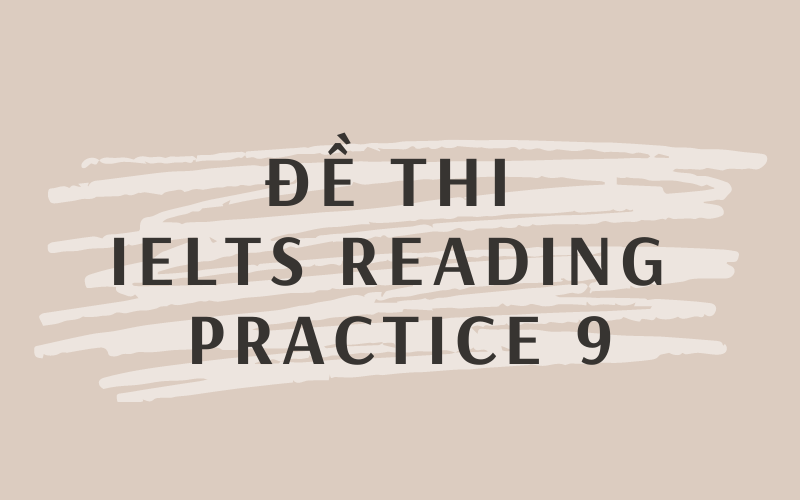
Tham khảo thêm về Khóa học IELTS tại Thành Tây
List of Headings
i. Nat all doctors are persuaded
ii. Choosing the best offers
iii. Who is responsible for the increase in promotions?
iv. Fighting the drug companies
v. An example of what doctors expect from drug companies
vi. Gifts include financial incentives
vii. Research shows that promotion works
viii. The high costs of research
ix. The positive side of drugs promotion
x. Who really pays for doctors’ free gifts?
Câu hỏi 1: Paragraph A
Câu hỏi 2: Paragraph B
Câu hỏi 3: Paragraph C
Câu hỏi 4: Paragraph D
Câu hỏi 5: Paragraph E
Câu hỏi 6: Paragraph F
Câu hỏi 7: Paragraph G
Câu hỏi 8 – 13: Do the following statements agree with the views of the writer in Reading Passage 1? In boxes 8-13 on your answer sheet, write
YES – if the statement agrees with the views of the writer
NO – if the statement contradicts the views of the writer
NOT GIVEN – if it is impossible to say what the writer thinks
Câu hỏi 8: Sales representatives like Kim Schaefer work to a very limited budget.
Câu hỏi 9: Kim Schaefer’s marketing technique may be open to criticism on moral grams.
Câu hỏi 10: The information provided by drug companies is of little use to doctors.
Câu hỏi 11: Evidence of drug promotion is clearly visible in the healthcare environment.
Câu hỏi 12: The drug companies may give free drug samples to patients without doctors’ prescriptions
Câu hỏi 13: It is legitimate for drug companies to make money.
2. Đáp án đề thi IELTS Reading Practice 9
| 1. v | 2. vi | 3. iii | 4. ix | 5. i | 6. vii | 7. x |
| 8. NO | 9. YES | 10. NO | 11. YES | 12. NOT GIVEN | 13. YES |
Tham khảo thêm về IELTS Reading Practice 1, IELTS Reading Practice 2, IELTS Reading Practice 3
Trên đây là toàn bộ phần đề thi và đáp án đề thi IELTS Reading Practice 9 được tổng hợp từ chuyên mục Luyện thi IELTS của Thành Tây mà các bạn có thể tham khảo. Các bạn nên luyện tập thường xuyên để cải thiện kỹ năng đọc của mình nhé. Nếu còn có thắc mắc gì cần thanhtay.edu.vn giải đáp, các bạn có thể để lại bình luận bên dưới đây.

